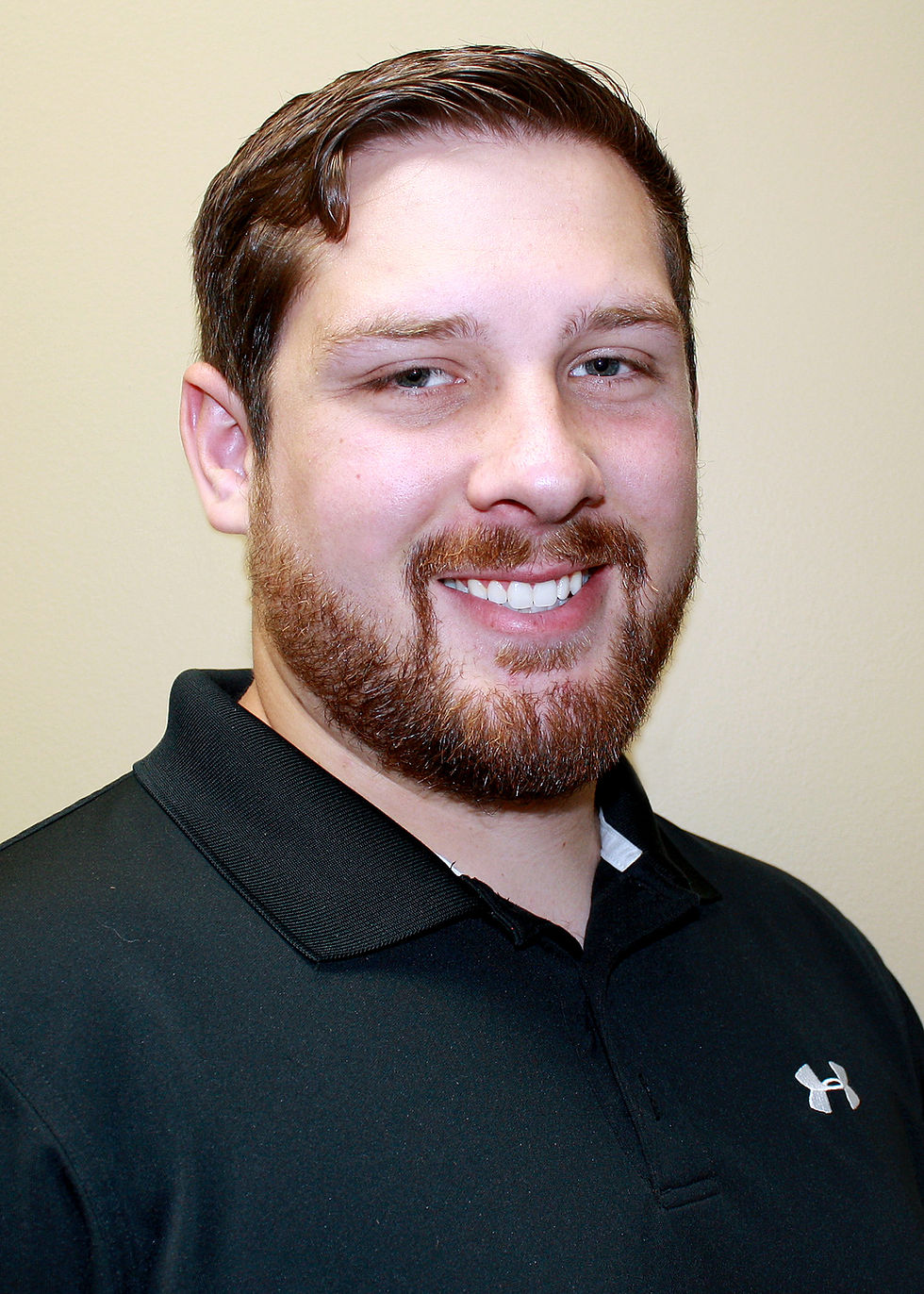Physical therapy focuses on more than just 'site of pain'
- Steve Washburn PTA
- Apr 3, 2018
- 3 min read

Proper function and motion of muscles are imperative. In my last blog post I highlighted the importance of motor control as well as how guarding can affect the overall function and performance of a joint. Physical therapy focuses on not just speeding up the recovery from an injury, but also on altering bad motor patterns to aid in the function of the systems involved.

The premise of physical therapy is to utilize the body’s own systems to improve the way that it functions on a daily basis as well as to correct muscle imbalances for a faster recovery from a musculoskeletal injury. It is important to remember that physical therapy doesn’t just help the body recover from an initial injury, previous injury, surgery or generalized pain. Physical therapy helps the body move better and more functionally. This will help cut down on the likelihood of injuries in the future. Physical therapy also provides the basic tools to improve body function so it may again perform daily activities as well as those activities that require more effort.
One of the hardest obstacles to overcome in physical therapy involves the existing problems in the kinetic chain, which may lead to an injury as well as further exacerbating symptoms. Physical therapy is just as much about preventing injuries as it is recovering from an injury. We educate patients on proper body mechanics, techniques to reduce load or stress on injured areas and provide a strengthening program in order to increase strength and function to the affected area.
Proper body mechanics are important because they utilize strategies to reduce strain and damage to the body. For example, take a look at low back pain as a whole. I have discussed in my previous post about how the body is “inherently lazy” and will try to complete a task with as little energy expenditure as possible. The drawback results in poor posture or body awareness.
Over time, the simple act of bending over incorrectly to pick up an object from the floor will weaken the structures and increase force to the back. If you were to take a metal I-beam and put it in a machine that oscillates it for a period of time, what happens to the I-beam? The metal will fatigue from the inside out and eventually weaken the structure, causing a failure.
The same principle applies with the spine. If you bend repeatedly and put more load through the spine, eventually the structures will wear down and an increase in low back injuries will occur. However, if we retrain the body mechanics through physical therapy and shift the load to the hips versus bearing all the weight in the spine, we can help protect the back and increase the longevity of the spine structures.
In addition to improving body mechanics and movement, we also need to be certain that we have the strength to increase support as well as shift weight around the body to move more effectively and safer. As Dr. Karel Lewit once said, “He who treats the site of pain is lost.”
We work to not only improve one aspect of an injury, but the entire kinetic chain. When dealing with ankle or knee pain or injury, it would be pointless to rehab just the ankle when a majority of the ankle’s motion depends on knee and hip motion. We want to make certain that we strengthen the entire chain to influence better motion and increase stability in order to prevent further injuries down the line.
























Comments